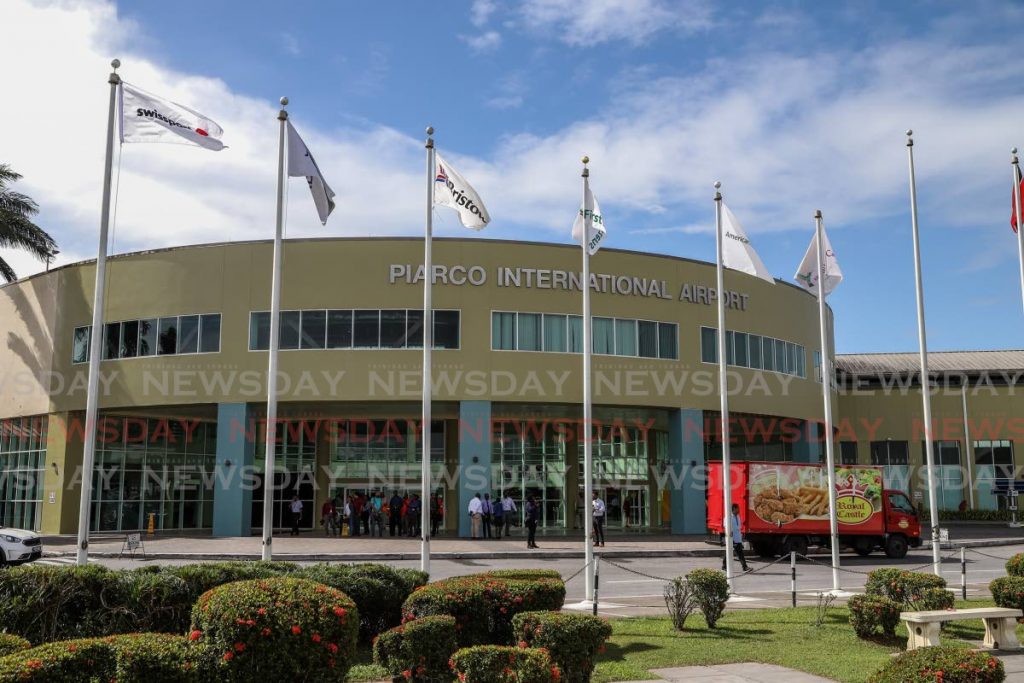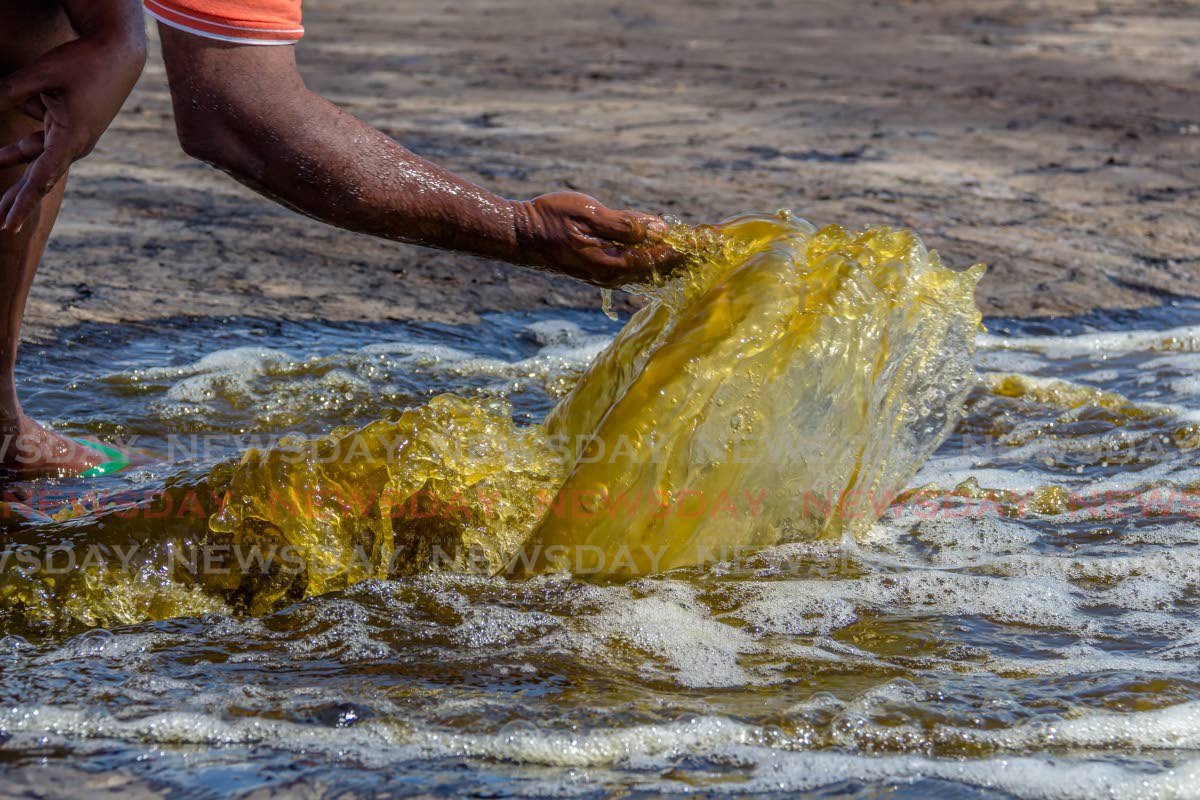Trinidad, our best-kept tourism secret

The surprising figures disclosed by Tourism Trinidad’s acting CEO Heidi Alert last week demand deeper study with a view to analysing how best our tourism product should be managed.
In a Business Day interview on the sidelines of the 2020 Energy Conference, in early February, Alert disclosed the ratio of tourist arrivals is 95 per cent to Trinidad and five per cent to Tobago. These figures run counter to the prevailing impression that scenic Tobago is our marquee tourism driver, with Trinidad being dominated by industry.
Alert’s statistics are underscored when we consider that of arrivals to Tobago, a significant proportion comprises Trinidadians who embarked on “staycations” or who have made going to Tobago part of their annual vacation ritual, much like some go “down the islands” off Trinidad regularly.
Additionally, a considerable number of people visiting Trinidad are itinerant, coming, presumably, for business reasons, or have links to expatriate communities tied to heavy industry, as opposed to being full-fledged vacation-seekers. What proportion of arrivals are in transit to other destinations?
However we engage with them, the figures merit a serious consideration of the whole question of our approach to tourism – now overseen by two separate agencies, one for Trinidad, another for Tobago. What do the figures say about how the country is seen? Do visitors see us as one nation? Or are we sending a message that we are divided in our vision?
The Ministry of Tourism receives about 0.1 per cent to 0.2 per cent of the national budget, according to government figures. Yet, tourism contributes about six to seven per cent of GDP and employs nearly one in ten people. There is a compelling case for increasing our tourism spending.
A portion of the funding is spent in marketing but what, exactly, should we be marketing? Should we continue to assume Tobago is the main driver, looking as it does like a traditional sun, sand and sea destination?
Or is there merit in focusing on a more holistic message where tourists can expect a package that's more than Trinidad’s rich, Carnival-infused, multi-cultural colour with Tobago as a bonus?
It should be complementary, where the reasons for visiting the two islands are distinct, for what each offers, but connected.
There are parallels: Tobago's may be eco-driven for its rich marine life and it's protected nature reserve; but so too can Trinidad's where increasingly its own natural environment is becoming part of its draw – leatherback turtles in Matura, Chaguaramas' bamboo cathedral, and the legendary but underrated Pitch Lake in La Brea.
Such thinking would be bolstered once the question of inter-island transport infrastructure is settled.
But as the experience with the plans for development of a new port at Toco have shown, making it easier to move between the islands is not a straight-forward endeavour, no matter who sits in Whitehall.
The same environmental considerations that must play a major role in state-wide decision-making are part and parcel of our tourism product.
Alert’s notion of leveraging existing flows and partnering with the energy sector is a novel approach to the idea of diversification. Synergies between energy and tourism do exist, with many energy companies playing key roles in supporting culture, infrastructure, and communities. We even have a wildfowl reserve in the middle of an oil refinery!
It's forward-thinking that Tourism Trinidad is also looking at sport and events tourism.
A deep paradigm shift is needed if we are to capitalise on these linkages, and that’s what Alert has commendably brought to the fore.



Comments
"Trinidad, our best-kept tourism secret"